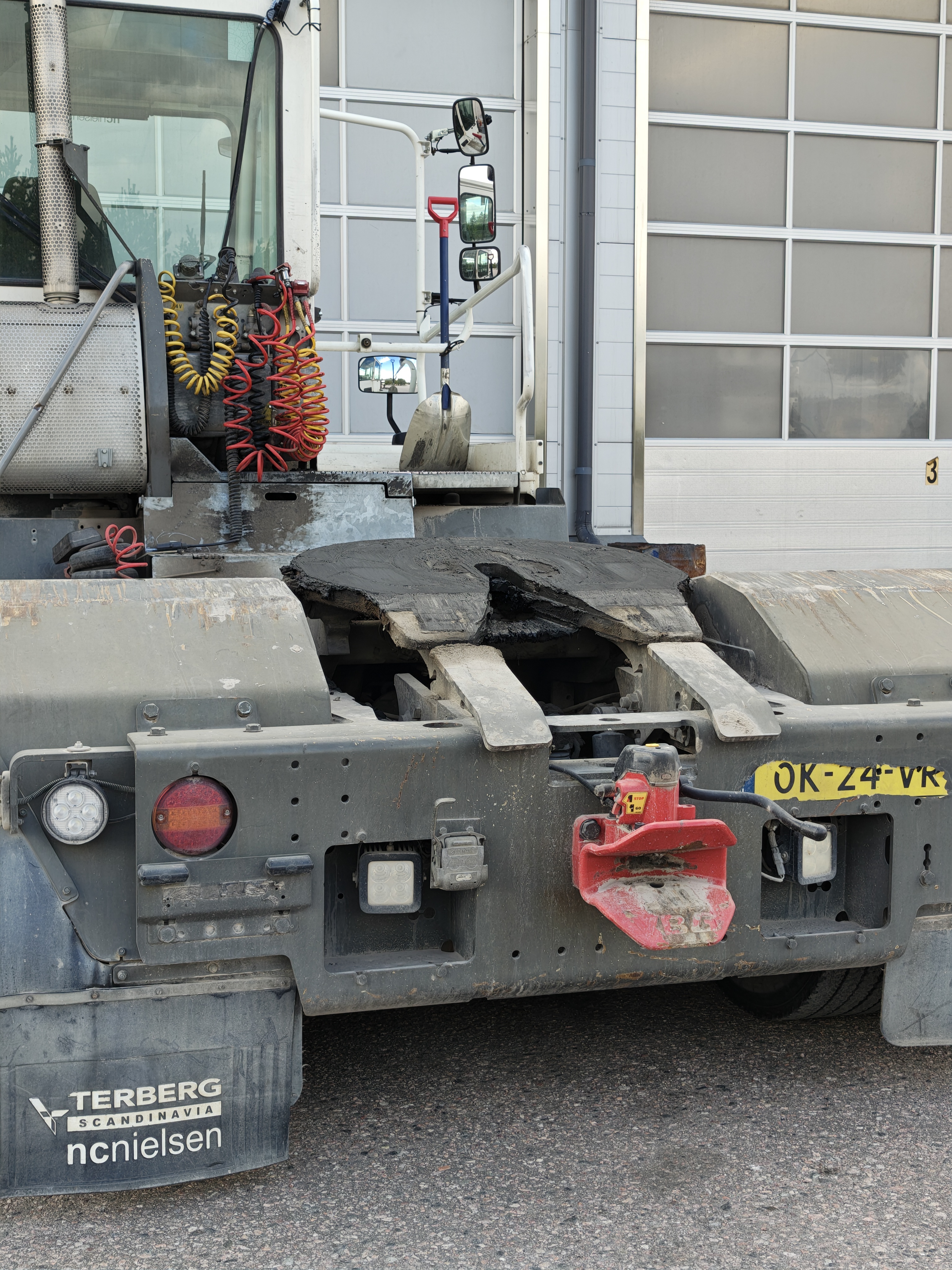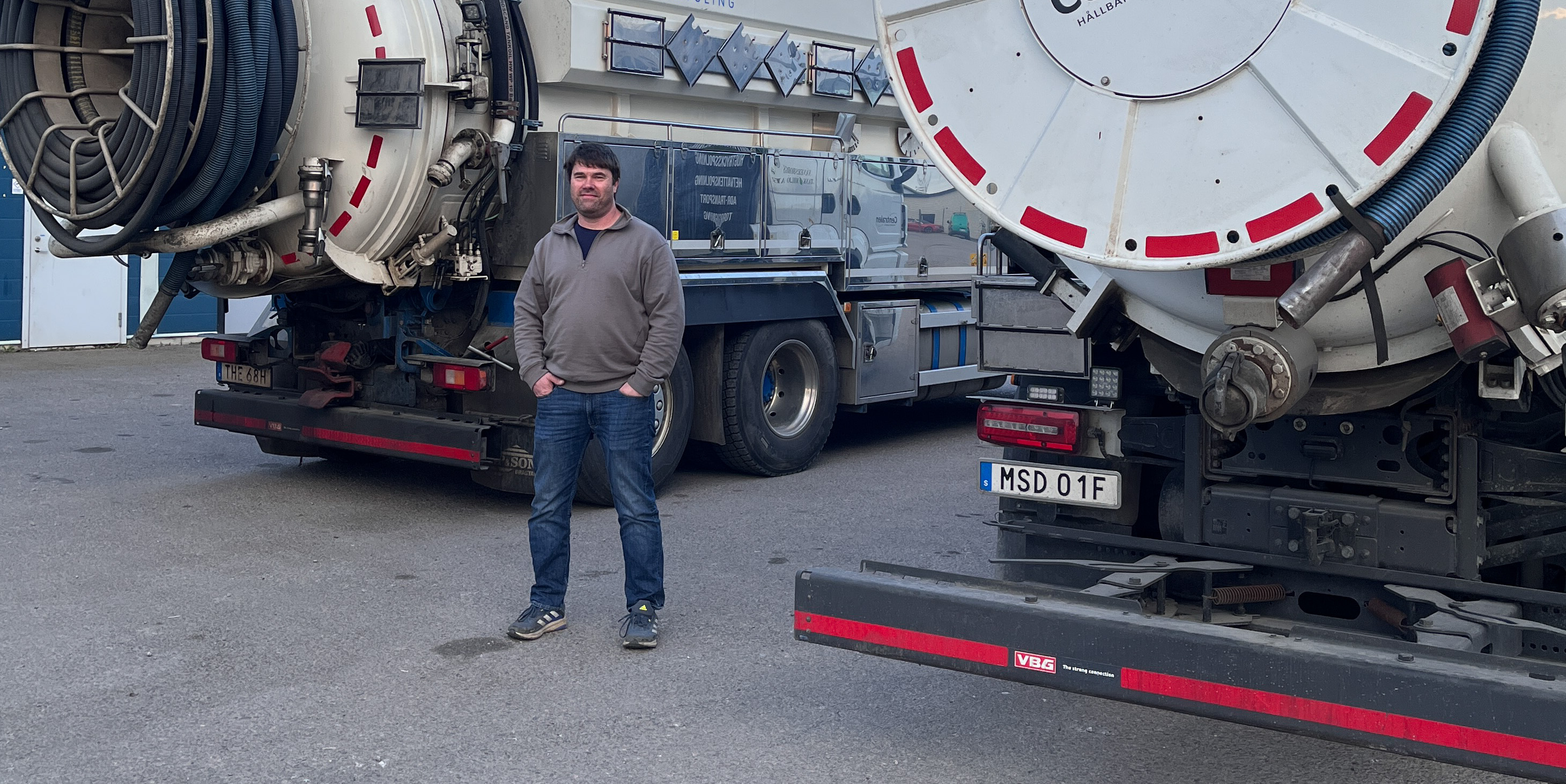Optimise Your Vehicle Combinations – From Planning to Profitability
To maximise profitability as a fleet manager or owner, it is crucial to consider several key aspects when optimising truck combinations. A deep understanding of business needs and selecting the most efficient vehicle combination are imperative for increasing profitability.
Flexibility and specialisation are key factors that a truck combination must match to transport needs. Start by defining the purpose of the vehicle combination. Will it be used nationally or internationally? On which roads and routes will the vehicles be driven? Once you have identified these needs, the next step involves investigating critical factors that may impact profitability.
A smart strategy is to engage with experts who can offer insight into regulatory requirements and legislative changes. This includes being aware of upcoming legislative changes that may affect vehicle use and equipment requirements.
It is profitable, wise, and sustainable to perform a needs analysis to optimise your vehicle combinations for the following reasons:
- Resource saving: By identifying the exact needs and requirements of the vehicle fleet, the use of resources is optimised. This enables the truck’s capacity and configuration to be matched to specific transport needs and reduces oversizing, which improves efficiency and contributes to more sustainable transport.
- Cost saving: Identify the needs and opportunities to avoid unnecessary costs. This includes selecting the most suitable vehicle combination for specific transport tasks and eschewing investments in unnecessary equipment
- Future adaptation: The needs analysis gives you the right conditions for an optimised fleet, as well as insights into adaptations that may be desired in the future. Understanding the possible development of the business leads to more flexible and adaptable vehicle combinations in the long term.
- Customer satisfaction: Optimised vehicle combinations meet specific transport requirements and improve service quality and delivery precision. This results in greater customer satisfaction and loyalty.
- Wear and maintenance costs: A well-matched truck combination is more sustainable because it requires less frequent maintenance. To make the right choices, get expert help.
Knowledge regarding the optimal design and configuration of the vehicle combination with a focus on efficiency, profitability, and sustainability will help you make smart decisions for the future.
Planning is crucial for creating a vehicle fleet that is both economically viable and adapted to specific transport needs.
Recommended reading

Field tested reliability - VBG shunting coupling at Raskaspari Trailer Service Oy

From Tjörn to Värmland – with coolness, competence, and control of the technology

